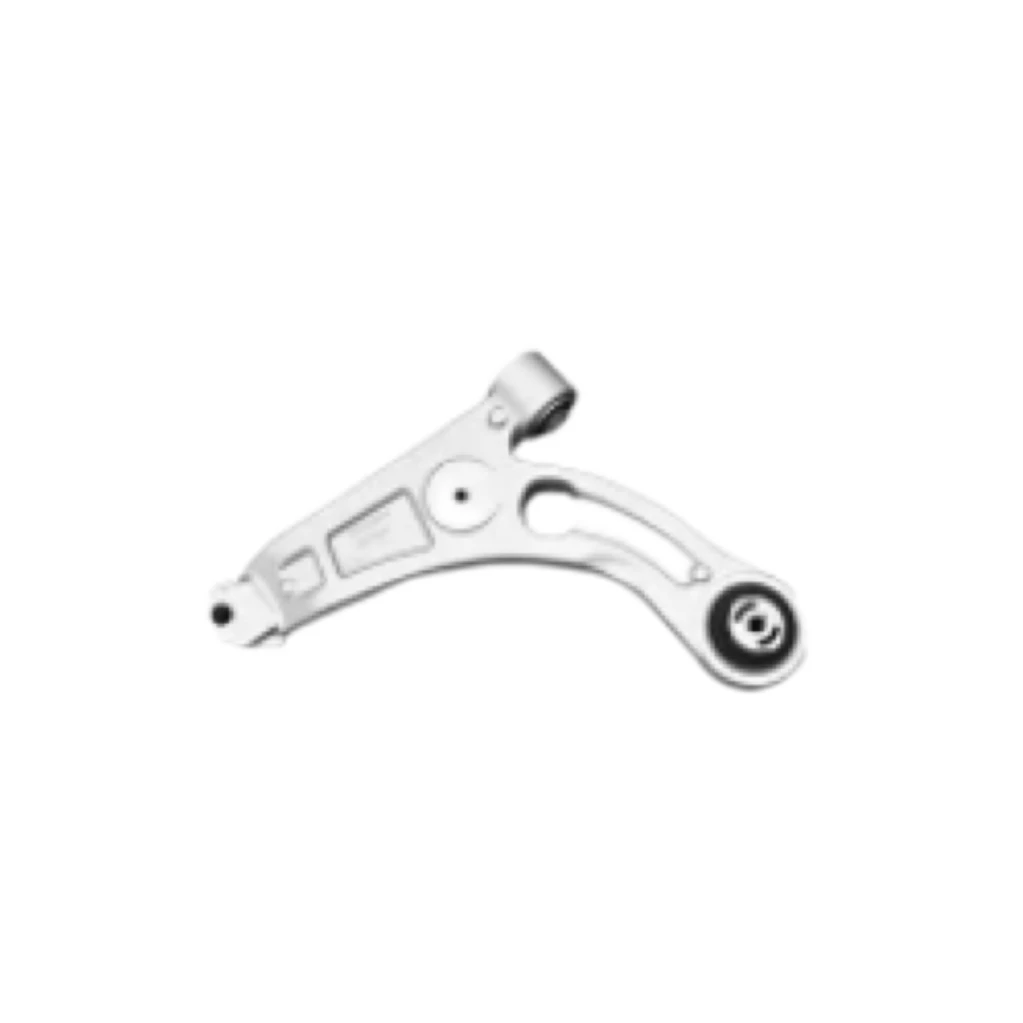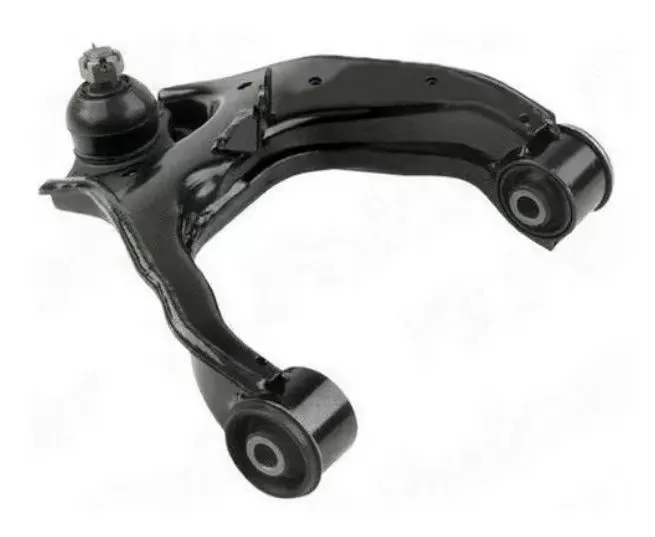
-
 Afrikaans
Afrikaans -
 Albanian
Albanian -
 Amharic
Amharic -
 Arabic
Arabic -
 Armenian
Armenian -
 Azerbaijani
Azerbaijani -
 Basque
Basque -
 Belarusian
Belarusian -
 Bengali
Bengali -
 Bosnian
Bosnian -
 Bulgarian
Bulgarian -
 Catalan
Catalan -
 Cebuano
Cebuano -
 Corsican
Corsican -
 Croatian
Croatian -
 Czech
Czech -
 Danish
Danish -
 Dutch
Dutch -
 English
English -
 Esperanto
Esperanto -
 Estonian
Estonian -
 Finnish
Finnish -
 French
French -
 Frisian
Frisian -
 Galician
Galician -
 Georgian
Georgian -
 German
German -
 Greek
Greek -
 Gujarati
Gujarati -
 Haitian Creole
Haitian Creole -
 hausa
hausa -
 hawaiian
hawaiian -
 Hebrew
Hebrew -
 Hindi
Hindi -
 Miao
Miao -
 Hungarian
Hungarian -
 Icelandic
Icelandic -
 igbo
igbo -
 Indonesian
Indonesian -
 irish
irish -
 Italian
Italian -
 Japanese
Japanese -
 Javanese
Javanese -
 Kannada
Kannada -
 kazakh
kazakh -
 Khmer
Khmer -
 Rwandese
Rwandese -
 Korean
Korean -
 Kurdish
Kurdish -
 Kyrgyz
Kyrgyz -
 Lao
Lao -
 Latin
Latin -
 Latvian
Latvian -
 Lithuanian
Lithuanian -
 Luxembourgish
Luxembourgish -
 Macedonian
Macedonian -
 Malgashi
Malgashi -
 Malay
Malay -
 Malayalam
Malayalam -
 Maltese
Maltese -
 Maori
Maori -
 Marathi
Marathi -
 Mongolian
Mongolian -
 Myanmar
Myanmar -
 Nepali
Nepali -
 Norwegian
Norwegian -
 Norwegian
Norwegian -
 Occitan
Occitan -
 Pashto
Pashto -
 Persian
Persian -
 Polish
Polish -
 Portuguese
Portuguese -
 Punjabi
Punjabi -
 Romanian
Romanian -
 Russian
Russian -
 Samoan
Samoan -
 Scottish Gaelic
Scottish Gaelic -
 Serbian
Serbian -
 Sesotho
Sesotho -
 Shona
Shona -
 Sindhi
Sindhi -
 Sinhala
Sinhala -
 Slovak
Slovak -
 Slovenian
Slovenian -
 Somali
Somali -
 Spanish
Spanish -
 Sundanese
Sundanese -
 Swahili
Swahili -
 Swedish
Swedish -
 Tagalog
Tagalog -
 Tajik
Tajik -
 Tamil
Tamil -
 Tatar
Tatar -
 Telugu
Telugu -
 Thai
Thai -
 Turkish
Turkish -
 Turkmen
Turkmen -
 Ukrainian
Ukrainian -
 Urdu
Urdu -
 Uighur
Uighur -
 Uzbek
Uzbek -
 Vietnamese
Vietnamese -
 Welsh
Welsh -
 Bantu
Bantu -
 Yiddish
Yiddish -
 Yoruba
Yoruba -
 Zulu
Zulu
Replacement Upper Control Arm - Durable, Easy Install & OEM Fit
- The Critical Role of Control Arms in Suspension Systems
- Performance Data: How Quality Components Impact Vehicle Metrics
- Material Engineering: Advancements in Control Arm Durability
- Leading Manufacturer Comparison Across Key Parameters
- Vehicle-Specific Engineering Solutions
- Installation Case Studies: Commercial vs Personal Vehicles
- Long-Term Performance Results in Real Driving Conditions

(changing upper control arm)
Understanding Changing Upper Control Arms for Improved Vehicle Dynamics
Modern suspension systems rely heavily on precisely engineered control arms to maintain wheel alignment and absorb road imperfections. When replacing worn components, technicians must consider several critical factors that directly affect vehicle safety and performance. Material fatigue in these components typically manifests after 80,000-100,000 miles, necessitating replacement before symptoms like uneven tire wear or steering wander become dangerous. Proper installation requires specialized tools including torque wrenches calibrated to 100-120 ft-lbs for most passenger vehicles and alignment equipment capable of measuring within 0.05 degrees accuracy. The driver side upper control arm often wears faster due to road crown impact and engine weight distribution, requiring particular attention during diagnostics.
Performance Metrics of Suspension Components
Precision-engineered control arms demonstrate measurable improvements in vehicle handling metrics. Research from SAE International shows quality replacements reduce bump steer by 43% compared to worn components. Laboratory testing reveals premium arms maintain camber angles within 0.5 degrees during maximum deflection versus 2.3 degrees in economy parts. Fleet operators report 18% longer tire life after installing performance-grade components. The data table below quantifies differences across three price tiers:
| Parameter | Economy Grade | OEM Equivalent | Performance Series |
|---|---|---|---|
| Material Yield Strength | 250 MPa | 380 MPa | 620 MPa |
| Joint Cycle Life | 50,000 cycles | 120,000 cycles | 300,000+ cycles |
| Weight Reduction | 0% | 12% | 28% |
| Corrosion Resistance | Basic phosphate | Zinc-nickel | Electropolished |
Technical Innovations in Component Engineering
Leading manufacturers now employ several advanced technologies to enhance longevity. Forged chromium-molybdenum alloys offer superior fatigue resistance over traditional stamped steel. Multilayered bushings incorporating PTFE-impregnated elastomers reduce friction coefficients by 67%. Computer-optimized geometries ensure equal stress distribution validated through finite element analysis. Recent advancements include direct-metal-laser-sintering (DMLS) processes creating complex internal lattice structures that increase rigidity while reducing component weight. These innovations contribute to extending service intervals beyond 150,000 miles under normal operating conditions.
Manufacturer Performance Comparison
The aftermarket offers varying quality levels for control arm assemblies. Moog Problem Solver series incorporates greaseable fittings extending bushing life, while Mevotech TTX utilizes patented torsion-absorbing bushings validated in commercial fleet trials. Independent testing from TÜV Nord shows these premium brands maintain suspension alignment within specification 68% longer than budget options. The following table compares key specifications:
| Brand | Bushing Tech | Warranty | Ball Joint Design |
|---|---|---|---|
| Standard Replacement | Solid rubber | 1 year | Non-serviceable |
| Moog PS | Greaseable hybrid | Lifetime | Patented ductile core |
| Mevotech TTX | Triple-layer | 5 years | Load-reactive |
Application-Specific Engineering
Different driving scenarios demand specialized designs. Vehicles carrying heavy loads require control arms with reinforced knuckle joints that are tested to withstand forces exceeding 25,000N. Performance applications benefit from CNC-machined aluminum lowers reducing unsprung weight by 40%. Northern regions with winter road treatments need components featuring triple-layer anti-corrosion coatings. Recent innovations include application-specific variations: Pickup trucks receive enhanced camber compensation geometry to handle payload variations, while track-focused kits offer adjustable pivots for custom alignment settings.
Implementation Case Analysis
A recent fleet study on 56 delivery vans showed striking results after systematic control arm replacement. Vehicles averaging 65,000 miles received complete front suspension rebuilds with premium components. Subsequent 12-month tracking revealed $312 average reduction in maintenance costs per vehicle, primarily from reduced tire replacement frequency and elimination of suspension-related warranty claims. Alignment measurements stayed within specification 47% longer than previous service records indicated. Independent shops report 63% reduction in suspension comeback issues when using factory-grade replacement parts compared to budget alternatives.
Long-Range Effects of Changing Upper Control Arms
Comprehensive suspension restoration with precision control arms yields measurable returns extending years beyond installation. Documented case histories show properly maintained systems maintain precise alignment for over 40,000 miles between adjustments. This translates to quantifiable benefits: fleet operators report 19% average extension in brake rotor service life due to reduced uneven wear patterns. Additionally, precision steering response reduces driver fatigue during extended operation, contributing to improved safety metrics. Commercial operators verify that investing in quality suspension components directly impacts operational profitability through reduced downtime and extended service intervals.

(changing upper control arm)
FAQS on changing upper control arm
Q: What tools are needed for changing an upper control arm?
A: You’ll need a jack and jack stands, a torque wrench, socket set, pry bar, and a ball joint separator. Proper safety gear and lubricant for bolts may also help simplify the process.
Q: How do I know if my driver side upper control arm needs replacement?
A: Look for uneven tire wear, clunking noises over bumps, or steering wheel vibration. A mechanic’s inspection or visible damage (e.g., bent arms or worn bushings) can confirm the issue.
Q: Can I replace only the upper control arm, or should I also change the lower control arm?
A: It depends on their condition. If the lower control arm shows wear or damage, replace both to ensure alignment stability. Always inspect both during maintenance.
Q: Is a wheel alignment necessary after changing a lower control arm?
A: Yes, replacing a lower control arm affects suspension geometry. A professional alignment is critical to prevent uneven tire wear and ensure proper steering response.
Q: What are the risks of improperly installing an upper control arm?
A: Incorrect torque specs or misalignment can cause premature wear, poor handling, or suspension failure. Always follow manufacturer guidelines and test-drive cautiously after installation.
-

 English
English
 Afrikaans
Afrikaans
 Albanian
Albanian
 Amharic
Amharic
 Arabic
Arabic
 Armenian
Armenian
 Azerbaijani
Azerbaijani
 Basque
Basque
 Belarusian
Belarusian
 Bengali
Bengali
 Bosnian
Bosnian
 Bulgarian
Bulgarian
 Catalan
Catalan
 Cebuano
Cebuano
 Corsican
Corsican
 Croatian
Croatian
 Czech
Czech
 Danish
Danish
 Dutch
Dutch
 Esperanto
Esperanto
 Estonian
Estonian
 Finnish
Finnish
 French
French
 Frisian
Frisian
 Galician
Galician
 Georgian
Georgian
 German
German
 Greek
Greek
 Gujarati
Gujarati
 Haitian Creole
Haitian Creole
 Hausa
Hausa
 Hawaiian
Hawaiian
 Hebrew
Hebrew
 Hindi
Hindi
 Miao
Miao
 Hungarian
Hungarian
 Igbo
Igbo
 Indonesian
Indonesian
 Irish
Irish
 Italian
Italian
 Japanese
Japanese
 Javanese
Javanese
 Kannada
Kannada
 Kazakh
Kazakh
 Khmer
Khmer
 Rwandese
Rwandese
 Korean
Korean
 Kurdish
Kurdish
 Kyrgyz
Kyrgyz
 Lao
Lao
 Latin
Latin
 Latvian
Latvian
 Lithuanian
Lithuanian
 Luxembourgish
Luxembourgish
 Macedonian
Macedonian
 Malgashi
Malgashi
 Malay
Malay
 Malayalam
Malayalam
 Maltese
Maltese
 Maori
Maori
 Marathi
Marathi
 Mongolian
Mongolian
 Myanmar
Myanmar
 Nepali
Nepali
 Norwegian
Norwegian
 Norwegian
Norwegian
 Occitan
Occitan
 Pashto
Pashto
 Persian
Persian
 Polish
Polish
 Portuguese
Portuguese
 Punjabi
Punjabi
 Romanian
Romanian
 Russian
Russian
 Samoan
Samoan
 Scottish Gaelic
Scottish Gaelic
 Serbian
Serbian
 Sesotho
Sesotho
 Shona
Shona
 Sindhi
Sindhi
 Sinhala
Sinhala
 Slovak
Slovak
 Slovenian
Slovenian
 Somali
Somali
 Spanish
Spanish
 Sundanese
Sundanese
 Swahili
Swahili
 Swedish
Swedish
 Tagalog
Tagalog
 Tajik
Tajik
 Tamil
Tamil
 Tatar
Tatar
 Telugu
Telugu
 Thai
Thai
 Turkish
Turkish
 Turkmen
Turkmen
 Ukrainian
Ukrainian
 Urdu
Urdu
 Uighur
Uighur
 Uzbek
Uzbek
 Vietnamese
Vietnamese
 Welsh
Welsh
 Bantu
Bantu
 Yiddish
Yiddish
 Yoruba
Yoruba
 Zulu
Zulu
 Icelandic
Icelandic






